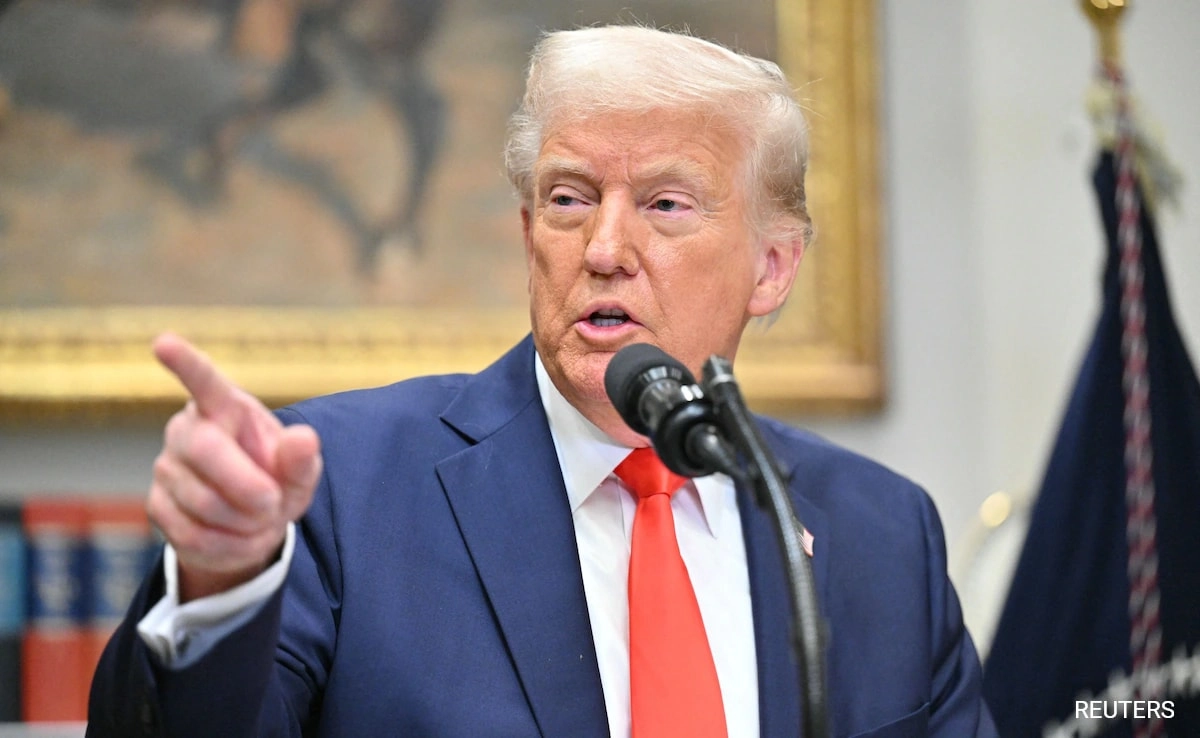In recent months, a significant shift has been observed in the dynamics of immigration and visa policies, particularly concerning Indian nationals seeking opportunities in the United States. US influencers, including prominent figures in the realms of social media and politics, have taken to various platforms to voice their concerns regarding the increasing number of visa applications and the perceived influx of Indian professionals into the American job market. This has led to a heated debate, often characterized by the term “Tariff Call Centres,” which underscores the financial and economic implications tied to immigration policies and the outsourcing of labor.
The term “Tariff Call Centres” encapsulates a broader narrative that connects the rise of call centers in India with the immigration policies of the US. Critics argue that the outsourcing of jobs to countries like India results in a loss of employment opportunities for American workers. In response, some US influencers advocate for more stringent visa regulations and a reevaluation of existing immigration policies. They assert that the influx of skilled labor from India is not just a matter of job competition; it touches on national security, economic stability, and the preservation of American jobs. This perspective has gained traction, particularly among those who feel that the current immigration system favors foreign workers at the expense of domestic employment.
On the other hand, Indian professionals and advocates argue that the contributions of Indian immigrants to the US economy cannot be overlooked. They highlight the significant role that skilled workers play in driving innovation and filling critical gaps in industries such as technology, healthcare, and engineering. The narrative from this side emphasizes that many Indian professionals are not merely seeking to take jobs from Americans but are instead helping to create new opportunities and drive economic growth. The ongoing discourse reveals a complex interplay between economic interests, cultural perceptions, and the realities of a global labor market.
As the conversation around visas and immigration continues to evolve, it is evident that both sides have valid points that warrant consideration. The challenge lies in finding a balanced approach that recognizes the importance of securing borders and protecting jobs while also appreciating the value of diversity and the contributions of immigrants. Going forward, it will be crucial for policymakers to engage in dialogue that addresses the concerns of all stakeholders involved, ensuring that immigration policies are both fair and conducive to economic growth. This ongoing debate will likely shape the future of US-India relations and the landscape of global labor mobility for years to come.




